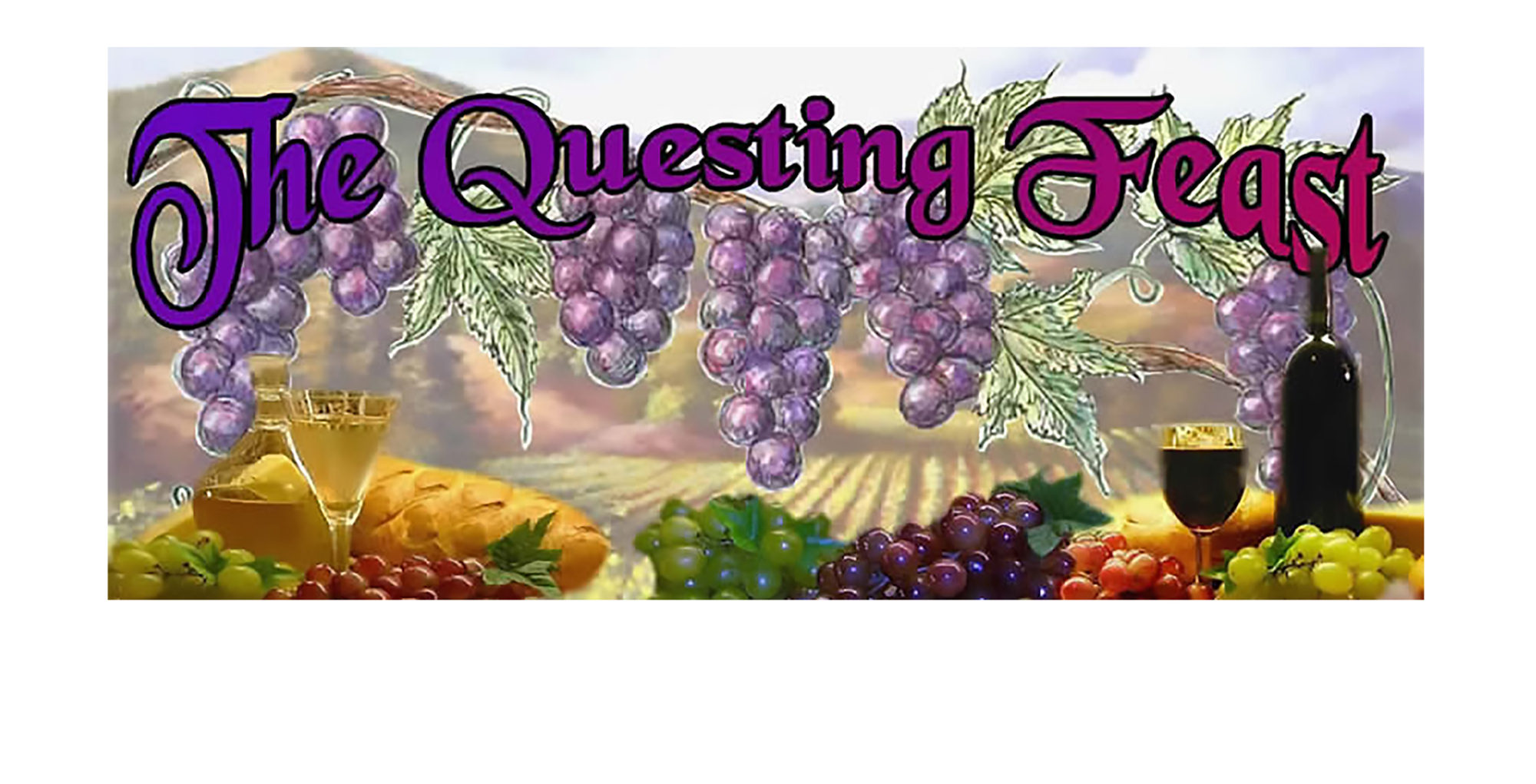by Geraldine Duncann
Making apple jelly or any kind of jelly, for that matter is not brain surgery. After all, all home makers use to do it because you couldn’t just run to the store to get a jar every time you wanted some. Most people today, if they do make jelly, jams or preserves, use commercial pectin, like Certo or Sure-Jell. This works fine, in fact, it tends to give you a more consistent product. I however, much prefer the flavor of old fashion, cooked down jellies. The up side; they have a depth and richness of flavor not obtainable when using commercial pectin. The down side; it doesn’t always work, however, when it doesn’t jell I keep it anyway and use it as a fruit flavored syrup. Determining just how long to boil the jelly is a sort of a Zen thing that comes with practice. The job can be made easier however, if you have a candy or preserving thermometer.
This is another recipe that isn’t really a recipe. Make as much or as little as you have the apples for. Many recipes tell you to peel the fruit. I completely disagree with this. The peels are where a lot of the natural pectin is and you need the natural pectin if you want the juice to jell. In fact, I usually make my apple jelly with the peels and cores when I make an apple pie.
If using whole apples, remove any bad spots or insect damage, and chop. Place in a colander and rinse quickly under cold running water. Place in a large heavy pot with a tight fitting lid. If using peels and cores, place in a colander and rinse quickly under cold running water before putting in the pot. Add just enough cold water to come barely cover the fruit or peels. Bring to a boil, then reduce the heat to maintain a rapid simmer and cover with a tight fitting lid. Allow to cook for forty-five minutes to an hour. Remove from the heat and allow to cool a bit for safeties sake. Pour the contents of the pot into a jelly bag, hang over a bowl and leave until it stops dripping. Measure the juice and place in a heavy pot. Add three-quarters cup of sugar for each cup of juice. Stir well and bring to a boil. Reduce the heat to maintain a slow, rolling boil and continue to cook until the juice reaches the “jell” state. This can be determined in three ways:
1. when the temperature on a jelly or candy making thermometer reaches 220° F. This is if live between sea level and 1000 feet above sea level. If you live at higher altitudes, look on line under “high altitude cooking.”
2. when the jelly “sheets,” off a spoon. For this test, dip up a bit of the syrup in a cold metal spoon. Hold it up about a food above the pot an slowly let the syrup pour out of the spoon. It should be quite viscous and the last two drops should run together and form a sheet that slowly drips off the spoon.
3. place about a teaspoon full of the syrup on a cold saucer. Let it sit for a few minutes, then run your finger through it and see if it has begun to set up or “jell.”
When the syrup is ready to hell, pour it into sterilized hot glass jars, with screw on lids, leaving about a quarter-inch head space. Either use within a few weeks or process. If you wish to process see, Steps in Processing Jams and Jellies.
Apple jelly makes an excellent base for other, more exotic jellies:
1. Cinnamon-Apple Jelly – add one or two cinnamon sticks to the extracted juice and leave during the cooking process. Remove before bottling. A drop or two of red food coloring may be added. Cinnamon jelly is excellent on toast and is nice for the holidays
2. Ginger-Apple Jelly – Add several slices of fresh ginger root. Continue as above. Ginger jelly is delicious on toast and an excellent accompaniment to ham.
3. Mint-Apple Jelly – Add several sprigs of fresh ginger root. Continue as above. A drop or two of green food coloring may be added. Some people like Mint jelly with lamb. 4. Herb-Apple Jelly – Add several springs of favorite fresh herbs. Continue as above. Herb jellies go well with roasted meat and are a nice addition to the holiday table.

